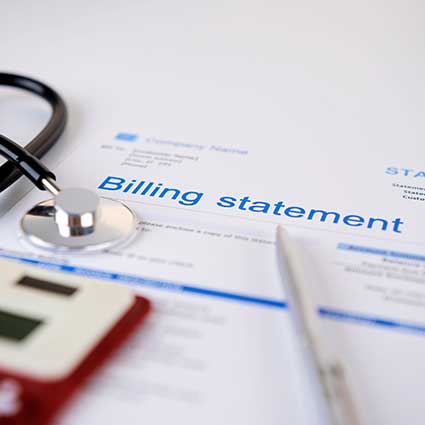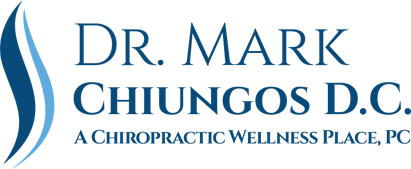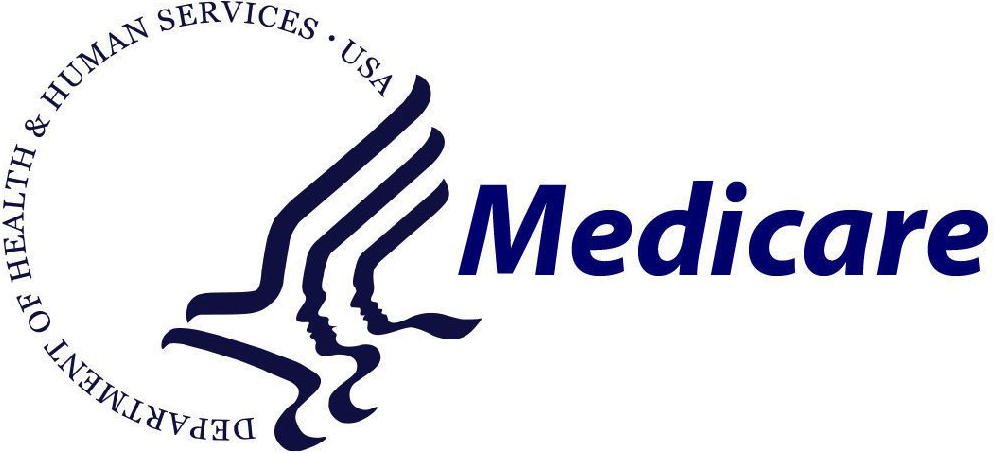Your Rights and Protections Against Surprise Medical Bills
When you get emergency care or get treated by an out-of-network provider at an in-network hospital or ambulatory surgical center, you are protected from surprise billing or balance billing.

What is “Balance Billing” (Sometimes Called “Surprise Billing”)?
When you see a doctor or other health care provider, you may owe certain out-of-pocket costs, such as a copayment, coinsurance, and/or a deductible. You may have other costs or have to pay the entire bill if you see a provider or visit a health care facility that isn’t in your health plan’s network.
“Out-of-network” describes providers and facilities that haven’t signed a contract with your health plan. Out-of-network providers may be permitted to bill you for the difference between what your plan agreed to pay and the full amount charged for a service. This is called “balance billing.” This amount is likely more than in-network costs for the same service and might not count toward your annual out-of-pocket limit.
“Surprise billing” is an unexpected balance bill. This can happen when you can’t control who is involved in your care—like when you have an emergency or when you schedule a visit at an in-network facility but are unexpectedly treated by an out-of-network provider.
You Are Protected From Balance Billing

Emergency Services
If you have an emergency medical condition and get emergency services from an out-of-network provider or facility, the most the provider or facility may bill you is your plan’s in-network cost-sharing amount (such as copayments and coinsurance). You can’t be balance billed for these emergency services. This includes services you may get after you’re in stable condition, unless you give written consent and give up your protections not to be balanced billed for these post-stabilization services.
Certain Services at an In-network Hospital or Ambulatory Surgical Center
When you get services from an in-network hospital or ambulatory surgical center, certain providers there may be out-of-network. In these cases, the most those providers may bill you is your plan’s in-network cost-sharing amount. This applies to emergency medicine, anesthesia, pathology, radiology, laboratory, neonatology, assistant surgeon, hospitalist, or intensivist services. These providers can’t balance bill you and may not ask you to give up your protections not to be balance billed.

If you get other services at these in-network facilities, out-of-network providers can’t balance bill you, unless you give written consent and give up your protections.

When Balance Billing Isn’t Allowed, You Also Have the Following Protections:
You are only responsible for paying your share of the cost (like the copayments, coinsurance, and deductibles that you would pay if the provider or facility was in-network). Your health plan will pay out-of-network providers and facilities directly.
Your health plan generally must:
- Cover emergency services without requiring you to get approval for services in advance (prior authorization).
- Cover emergency services by out-of-network providers.
- Base what you owe the provider or facility (cost-sharing) on what it would pay an in-network provider or facility and show that amount in your explanation of benefits.
- Count any amount you pay for emergency services or out-of-network services toward your deductible and out-of-pocket limit.
For questions or more information about your right to a Good Faith Estimate, visit www.cms.gov/nosurprises or call 877-696-6775.
FAQ
Chiropractic
Most insurance policies offer some chiropractic coverage. Dr. Chiungos works with Blue Cross-Blue Shield, Harvard Pilgrim Healthcare, Tufts Health Plan, Unicare/GIC, and Medicare. See the No Surprises Act for more information.
Absolutely. Chiropractic as a profession is more than 100 years old. We follow industry guidelines during our new patient induction process to minimize risk and maximize benefit. Chiropractic malpractice insurance is considered by many to be the least costly professional insurance in the healthcare industry because chiropractic is generally considered a safe, manual therapy.
It depends on your mechanism of injury and your current state of health. You might start feeling better as soon as your adjustment is finished. You might need to go home and ice (Dr. Chiungos will advise you). If your injury is serious, it may take several visits. But your healing has begun from the first adjustment. Your personal care plan is designed to take you from where you are today to your best possible outcome. Dr. Chiungos will keep you updated on your progress at each visit.
SpineMED®
Decompression treatment is not currently covered by health insurance. If Dr. Chiungos believes this is an integral part of your treatment plan, he will discuss all costs and potential discounts before the start of care. You will receive informed consent.
Spinal Disc Decompression with the SpineMED® Table has shown to be safe and generally without major side effects or complications once abnormal conditions have been ruled out. The process is so safe and comfortable, it’s not uncommon for patients to fall asleep!
- Patients under 12 years old
- If you had spinal surgery that involved clips, mesh or fusion
- If you have fractures, tumors or infections
- If you have osteoporosis or spondylolisthesis where there’s been a fracture or non-union defect in the spine, where that segment that we want to traction is unstable
Damaged intervertebral discs seldom heal as the discs are constantly under pressure from muscular spasm—during normal activities, and even while sleeping! SpineMED is designed to reduce the pressure in the discs, promoting the influx of vital fluids, nutrients and oxygen back into the discs to assist the body’s natural rebuilding process. This process may speed up the natural repair and could eventually heal damaged spinal discs.
Sessions are typically 30 minutes long. It could take 15 to 25 sessions or more to see some relief from your discomfort. That’s variable based on your status and the condition we’re treating. Ideally, the sessions are performed daily with rest on the weekend.
Aspen Laser
Laser treatment, as used in chiropractic offices, is not currently covered by health insurance. If Dr. Chiungos believes this is an integral part of your treatment plan, he will discuss all costs and potential discounts before the start of care.
Laser therapy has been in use for over thirty years with almost no side effects reported. Aspen Laser is FDA-registered and passes all safety compliance requirements. The treatments are not painful; in fact, laser is warm and comfortable to your skin. Dr. Chiungos will check in with you regularly to make sure the temperature feels right, and you can always speak up if it starts to feel too warm. The main safety concern is for the eyes, which is why Dr. Chiungos will provide protective glasses for both patient and doctor at each session.
Laser is effective on most parts of the body; however, there are times when laser is not appropriate:
- during pregnancy
- within twelve months of cancer treatments
- during the use of photo-sensitizing medications
- over recent steroid injections (seven days)
- over growth plates or reproductive glands
- over tattoos or skin infections
Laser therapy promotes energy production supporting cellular repair, increased blood flow, increased red blood cell oxygen-carrying capacity, and decrease of inflammation. When used in conjunction with traditional chiropractic, laser can reduce pain and healing time, and promote a deeper, more complete healing to the area of concern.
Sessions typically last 15 to 20 minutes, depending on the size of the treatment area. They generally start longer and reduce in length as you heal. Most acute conditions require only 10 – 12 treatment sessions. If you have a chronic condition, you may need 12 – 20 treatments and one or two follow-up sessions every month. The amount and frequency of treatments are determined through assessment of your condition combined with Dr. Chiungos’s experience treating patients with laser. You will likely start to feel better after your first 5 sessions.










